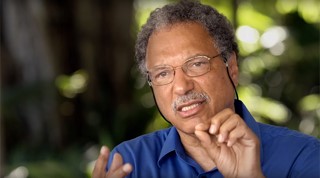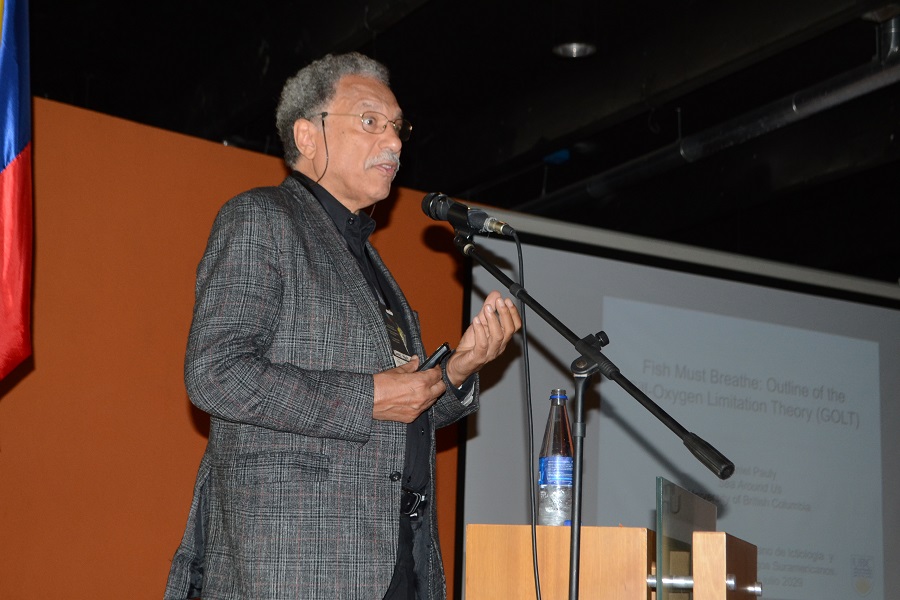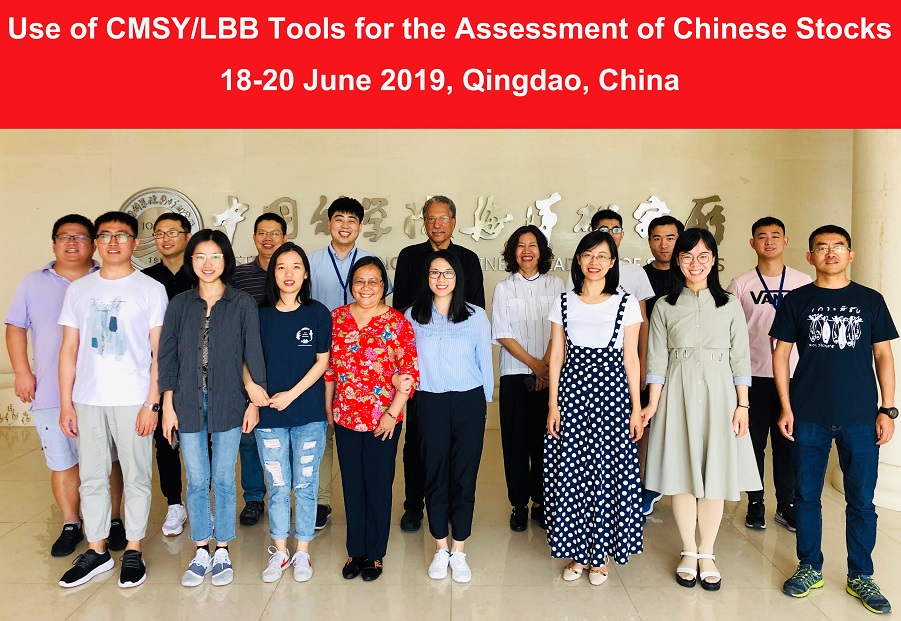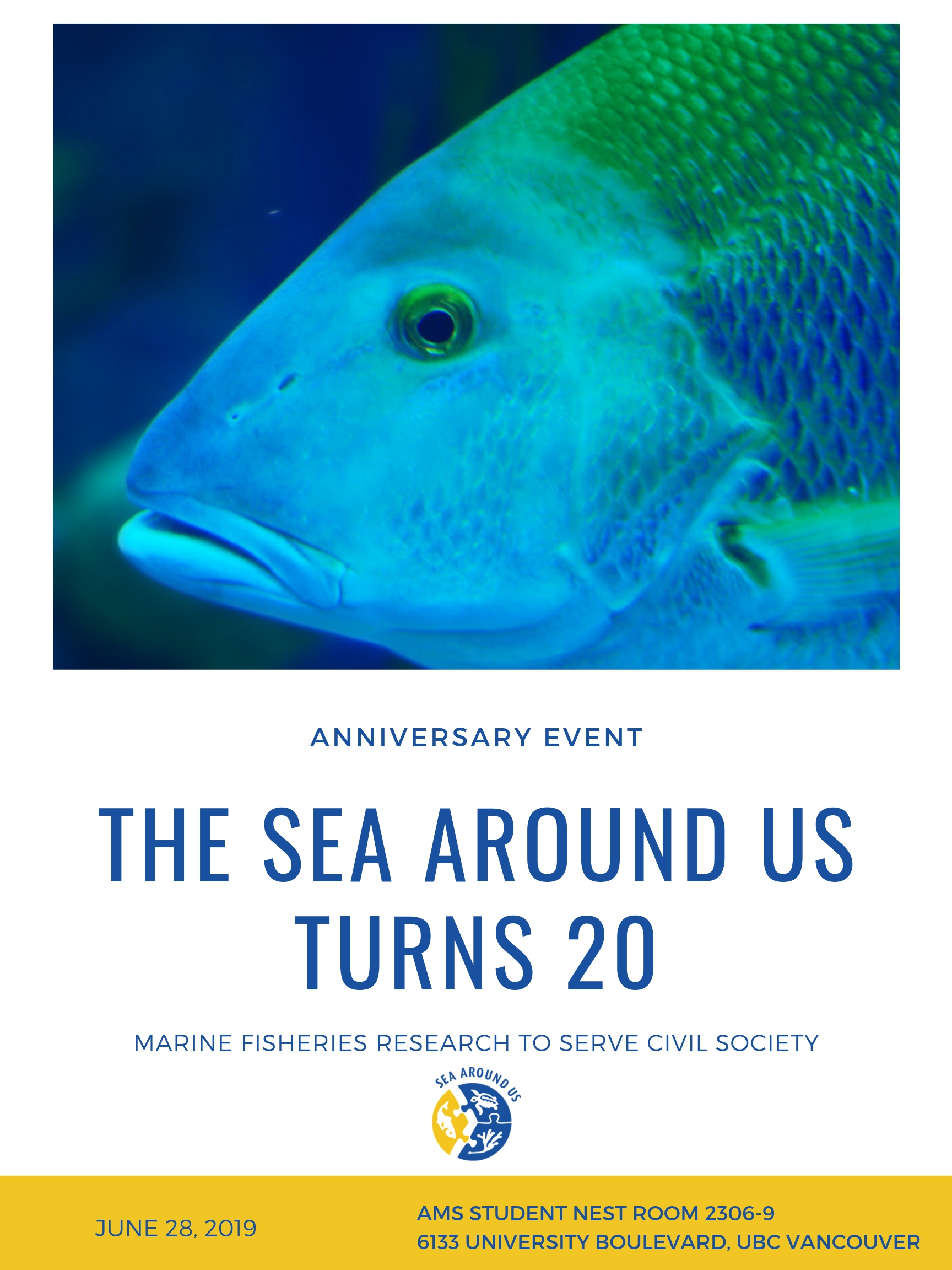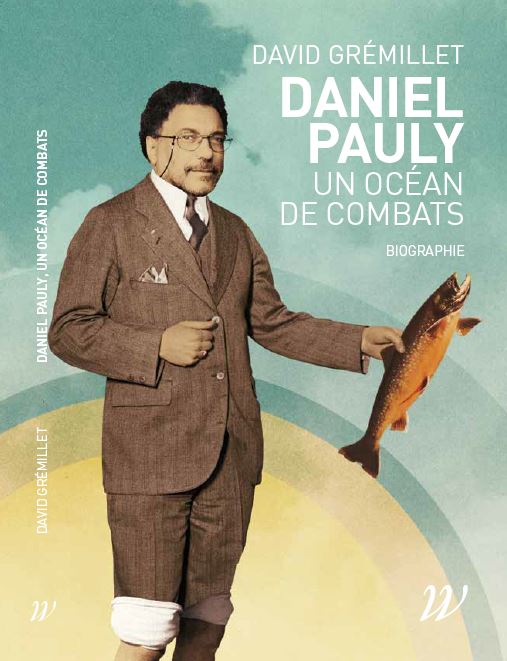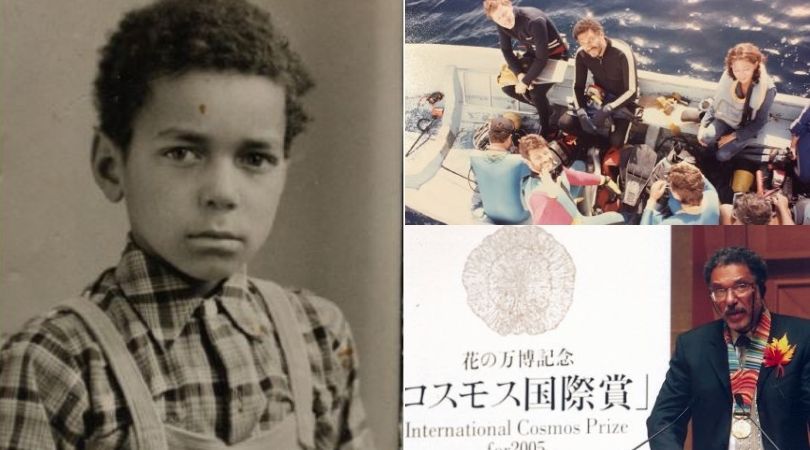This week, the Sea Around Us Principal Investigator, Daniel Pauly, is offering a public lecture titled “New ways to view complex oceans data.”
Tag: Daniel Pauly
Daniel Pauly presents the GOLT at Colombian ichthyology congress
In July 2019, the Sea Around Us Principal Investigator, Dr. Daniel Pauly, visited northern Colombia to attend the XV Congress of Colombian Ichthyologists and the VI Meeting of South American Ichthyologists, held at the Research Centre of the Antioquia University in Medellín.
Dr. Pauly was the keynote speaker on the first day of the three-day event. He presented a lecture titled ‘Fish must breathe: outline of the Gill-oxygen Limitation Theory (GOLT).’
Sea Around Us co-hosts successful CMSY workshop in Qingdao
In June 2019, the Sea Around Us PI, Dr. Daniel Pauly, and Project Manager, Dr. Deng Palomares, co-hosted a successful, three-day workshop at the Institute of Oceanology of the Chinese Academy of Science (CAS) in Qingdao, a city on China’s Yellow Sea coast. They were assisted by graduate student Lu Zhai and long-time Sea Around Us collaborator Dr. Liang ‘Elsa’ Cui.
The Sea Around Us initiative turns 20: marine fisheries research to serve global civil society
The Sea Around Us research initiative, based at the University of British Columbia and with a recently-opened ‘branch’ at the University of Western Australia, is turning 20 years old this June.
Daniel Pauly’s biography hits the bookstores
Un Océan de Combats is the title of the book that recounts the life of the Sea Around Us Principal Investigator, Dr. Daniel Pauly.
The text, brilliantly written by oceanographer David Grémillet over the course of two years and after doing dozens of interviews over four continents, presents the extraordinary life story of a child born just after the Second World War to a working-class Frenchwoman and an African American GI– Daniel Pauly’s trajectory defies every expectation.
Un Océan de Combats brings to the forefront a scientist’s life-long struggle over the course of his extraordinary career to determine the magnitude and significance of overfishing.
The first accessible account of overfishing as a global issue, both for society and for the planet, this book draws the inevitable connection between the environmental crisis and the political and social inequality between the global North and the global South.
“An iconoclastic fisheries scientist who is so decidedly global in his life and outlook that he is nearly a man without a country.” THE NEW YORK TIMES
“Never afraid to ruffle feathers, Pauly is outspoken about ocean conservation and willing to point fingers at the huge multinational companies that control much of the world’s fishing industry.” NATURE
“Pauly’s insights into global fisheries provide an understanding of the root causes of our unsustainable ocean fishery and are an essential guide to sustain this vital resource.” DAVID SUZUKI


